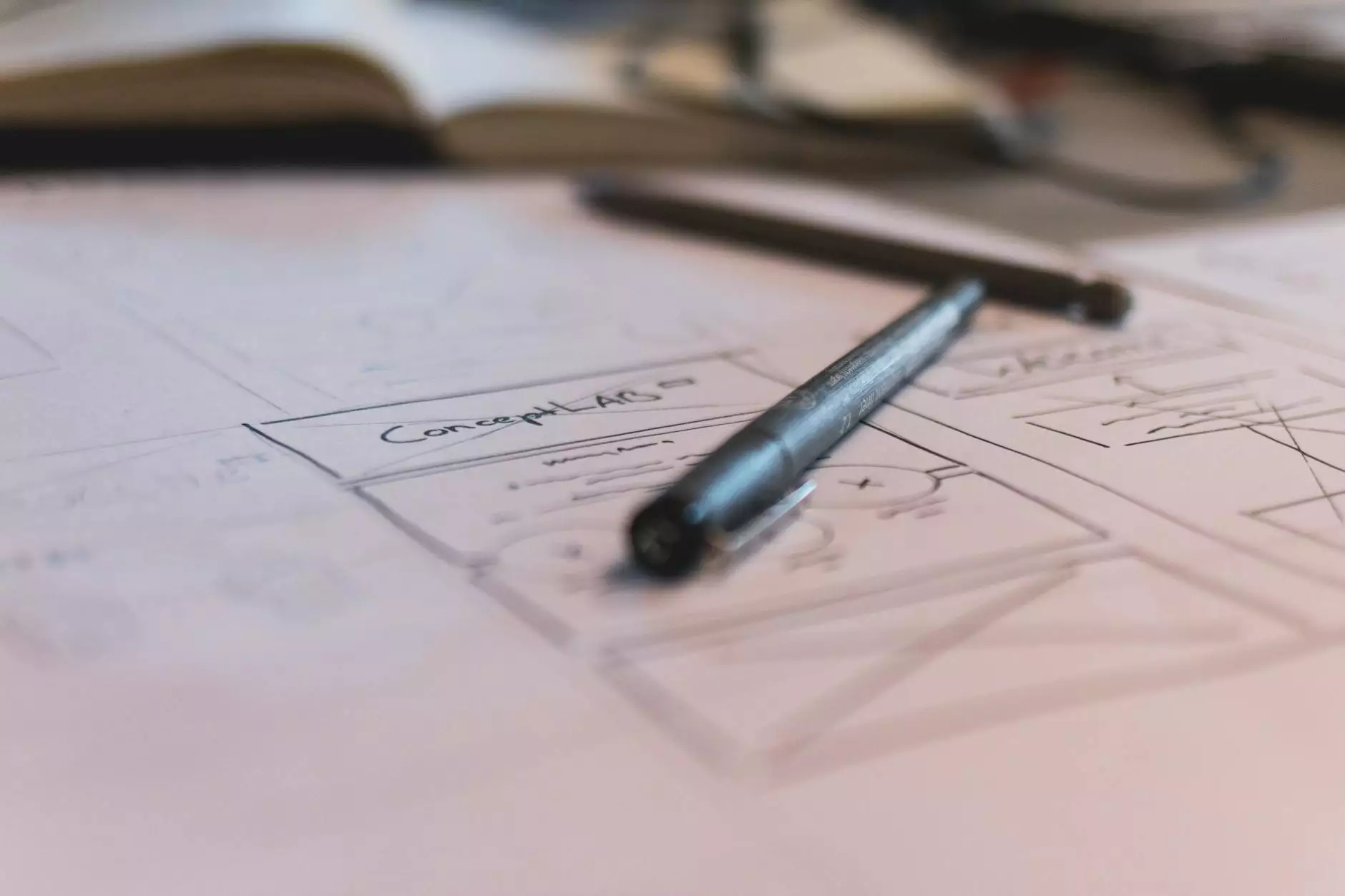The Power of **Storyboards** in Business and Design

In the competitive landscape of today's business world, harnessing creativity and effective communication is more critical than ever. One of the most potent tools at the disposal of graphic designers and web developers is the use of storyboards. This article delves into the significance of storyboards in the domains of graphic design and web design, illustrating their benefits, processes, and applications in a business context.
Understanding Storyboards
A storyboard is a visual representation of a narrative or a concept. Originally used in film and animation, storyboards have evolved to become essential tools in various fields, including advertising, marketing, and design. By breaking down a story into individual panels, creators can visualize the flow of ideas, ensuring a coherent and captivating final product.
Key Components of a Storyboard
To effectively leverage storyboards, it is crucial to understand their core components:
- Frames: Each frame represents a scene or an idea, typically illustrated with sketches or images.
- Notes: Accompanying text that provides context, details actions, or conveys dialogue.
- Sequence: The order of frames establishes the narrative flow, guiding the viewer through the story.
The Role of Storyboards in Graphic Design
In graphic design, storyboards serve as a bridge between concept and execution. They are instrumental in visualizing the user experience and enhancing design elements. Here’s how they impact the graphic design process:
1. Enhancing Creativity and Innovation
Storyboards encourage designers to think creatively. By mapping out ideas visually, designers can experiment with different concepts and layouts without committing too much time to any single design. This fosters an environment of innovation where unique ideas can flourish.
2. Clarifying Client Understanding
One of the most common challenges in graphic design is aligning the vision between the designer and the client's expectations. Storyboards provide a visual framework that can help clarify the project's direction. They allow clients to see the design process in action, reducing miscommunication and ensuring both parties are on the same page.
3. Streamlining the Design Process
With storyboards, the design process becomes organized and efficient. Designers can plan their tasks better, allocate resources appropriately, and minimize revisions by having a clear roadmap to follow. This systematic approach saves time and enhances productivity.
Using Storyboards in Web Design
Web design benefits significantly from the use of storyboards, particularly in ensuring a seamless user experience and effective functionality. Here’s a closer look at the advantages:
1. User Journey Mapping
Every website has a story to tell—whether it's a corporate site, an e-commerce platform, or a portfolio. Storyboards help map out the user journey, detailing how users will interact with the site and engage with its content. By mapping these interactions, designers can create a more intuitive navigation structure.
2. Visualizing Interaction
In web design, the interaction between users and features is crucial. Storyboards allow designers to illustrate and visualize different scenarios of user interaction. This visualization helps in refining the user interface and ensures that every click leads to a meaningful outcome.
3. Collaborating within Teams
Effective web design often involves a multidisciplinary team. Storyboards facilitate collaboration among designers, developers, and stakeholders by providing a unified visual reference. This shared understanding allows for streamlined feedback and a cohesive final product.
Practical Steps to Create Effective Storyboards
Creating effective storyboards requires a blend of creativity, clarity, and planning. Here are practical steps to help you craft impactful storyboards for your projects:
Step 1: Define Your Objectives
Before starting on your storyboard, it's essential to clarify your goals. Ask yourself what you want to achieve with the project and how the storyboard will serve that purpose.
Step 2: Sketch the Layout
Begin by sketching out the basic layout of your storyboard. Focus on the sequence of events or the flow of user interaction. Don't worry about perfection; rough sketches can be very effective in the initial stages.
Step 3: Add Details
Once you have a basic framework, start adding details to each frame. Incorporate notes that describe actions, emotions, and other relevant information. Ensure that the flow makes sense and conveys the intended narrative.
Step 4: Review and Revise
Share your storyboard with team members for feedback. This collaborative review can uncover potential issues or new ideas. Revise the storyboard based on the input received to enhance its effectiveness.
Step 5: Finalize the Storyboard
After making necessary adjustments, finalize the storyboard. Create a cleaner version that can be presented to clients or used as a reference during the design process.
Real-World Applications of Storyboards in Business
The use of storyboards extends beyond just graphic and web design. Businesses across various industries utilize storyboards for diverse applications:
- Advertising Campaigns: Brands create storyboards to visualize television or online ads, ensuring that the narrative captures the target audience.
- Training Programs: Companies outline training procedures using storyboards, making complex processes easy to understand.
- Product Development: Storyboards help teams visualize the product lifecycle, from initial concepts to market launch.
- User Experience Testing: In UX research, storyboards are used to hypothesize user interactions and identify possible pain points.
Conclusion: The Essential Nature of Storyboards in Modern Business
In the age of digital transformation, the ability to tell compelling stories through visual means is crucial for success. The effective use of storyboards not only facilitates creativity and innovation but also streamlines communication and collaboration across teams. Whether in graphic design, web design, or broader business applications, storyboards are an indispensable tool for any organization seeking to convey its message clearly and effectively.
At Krock.io, we specialize in leveraging modern design techniques, including storyboarding, to elevate your business's graphic and web presence. By integrating our expertise in design with effective storytelling through storyboards, we help you connect with your audience in ways that resonate and engage.





